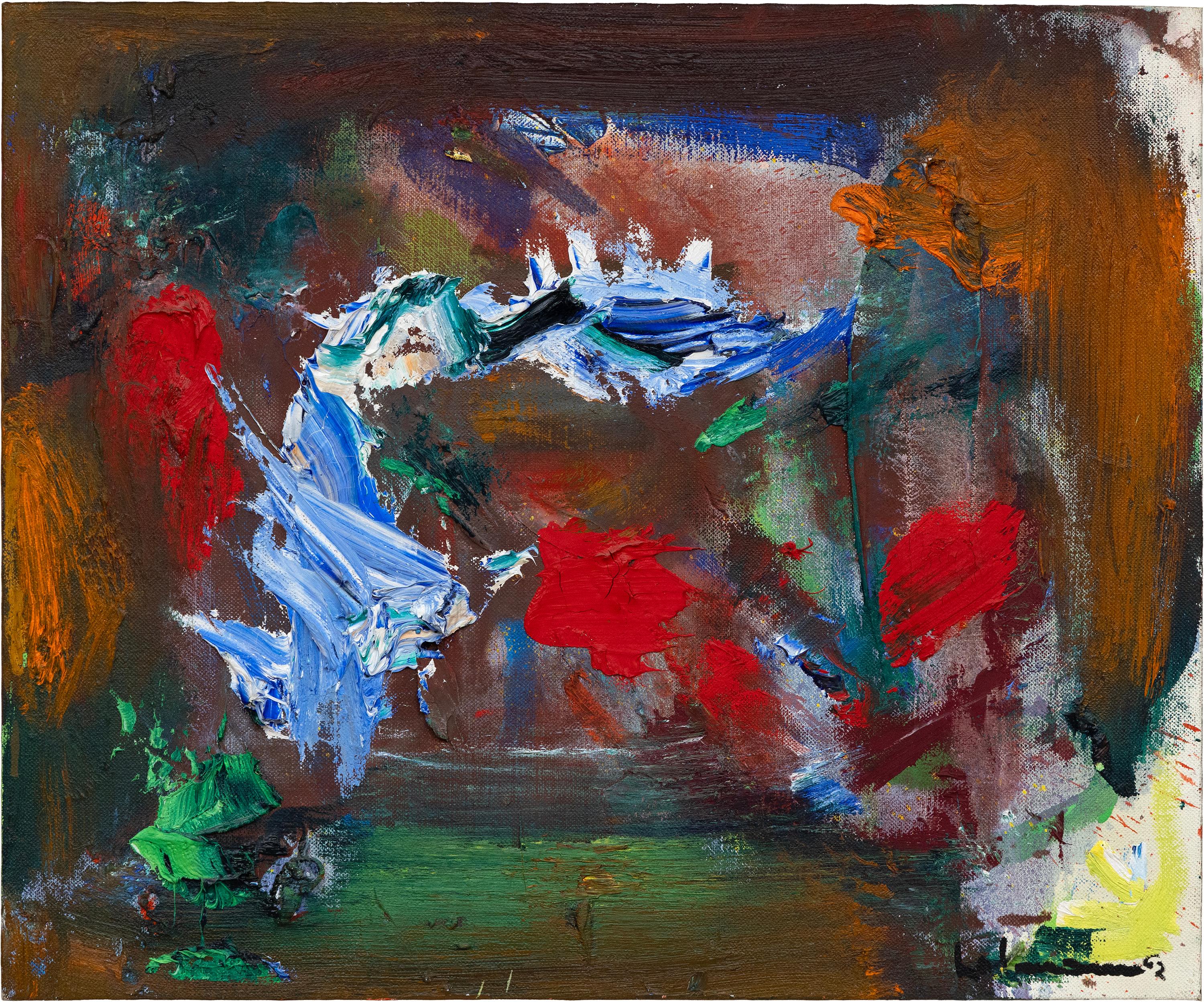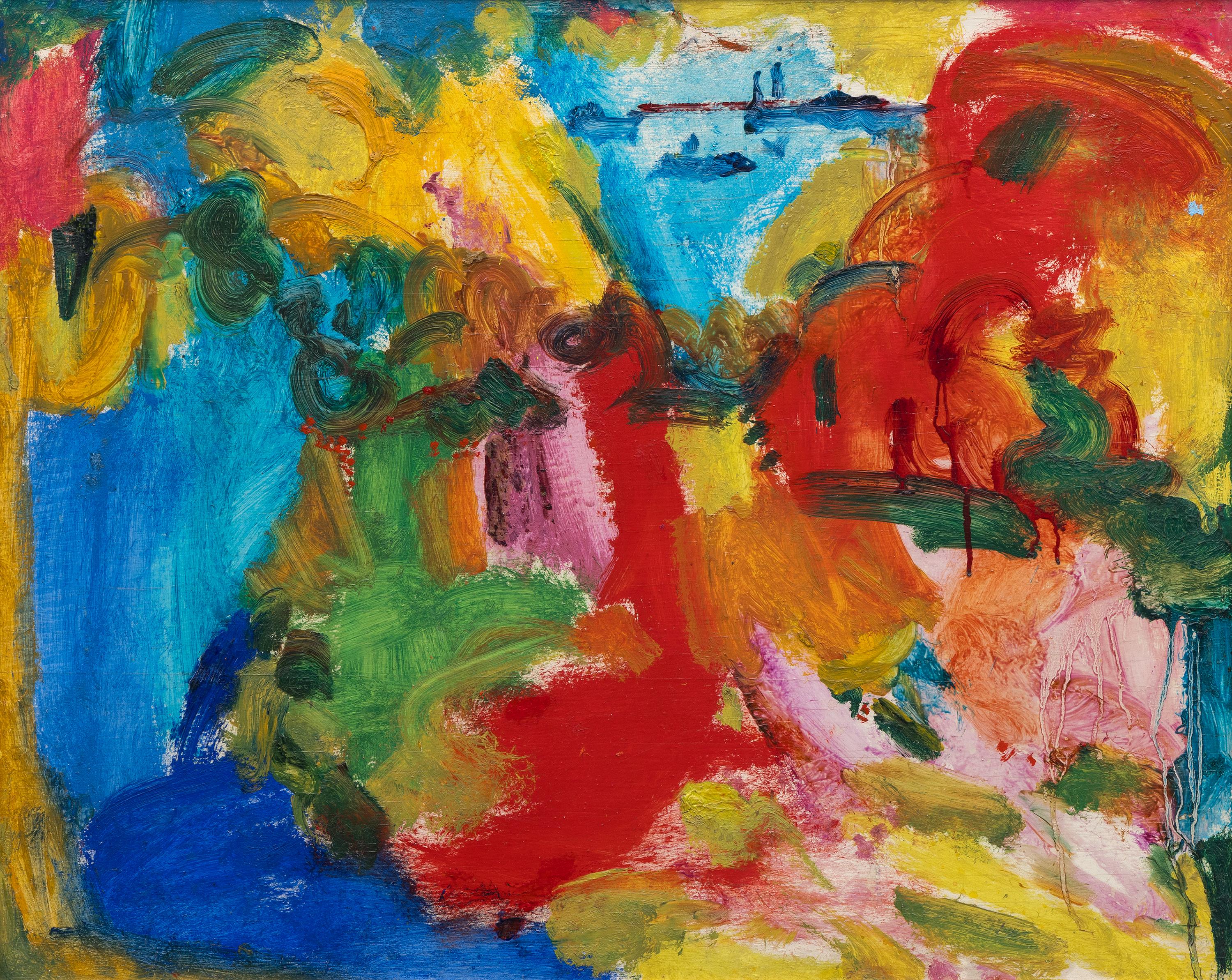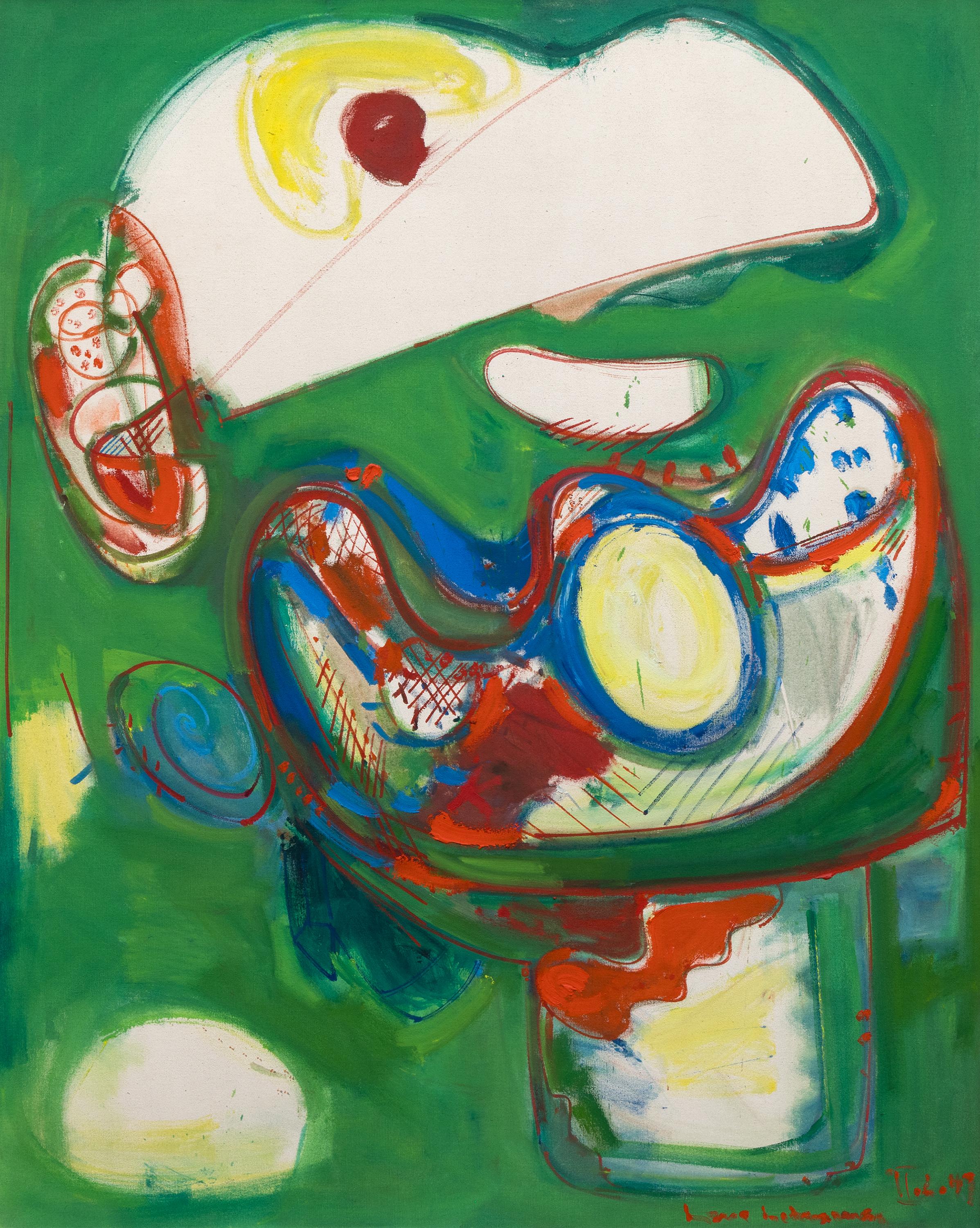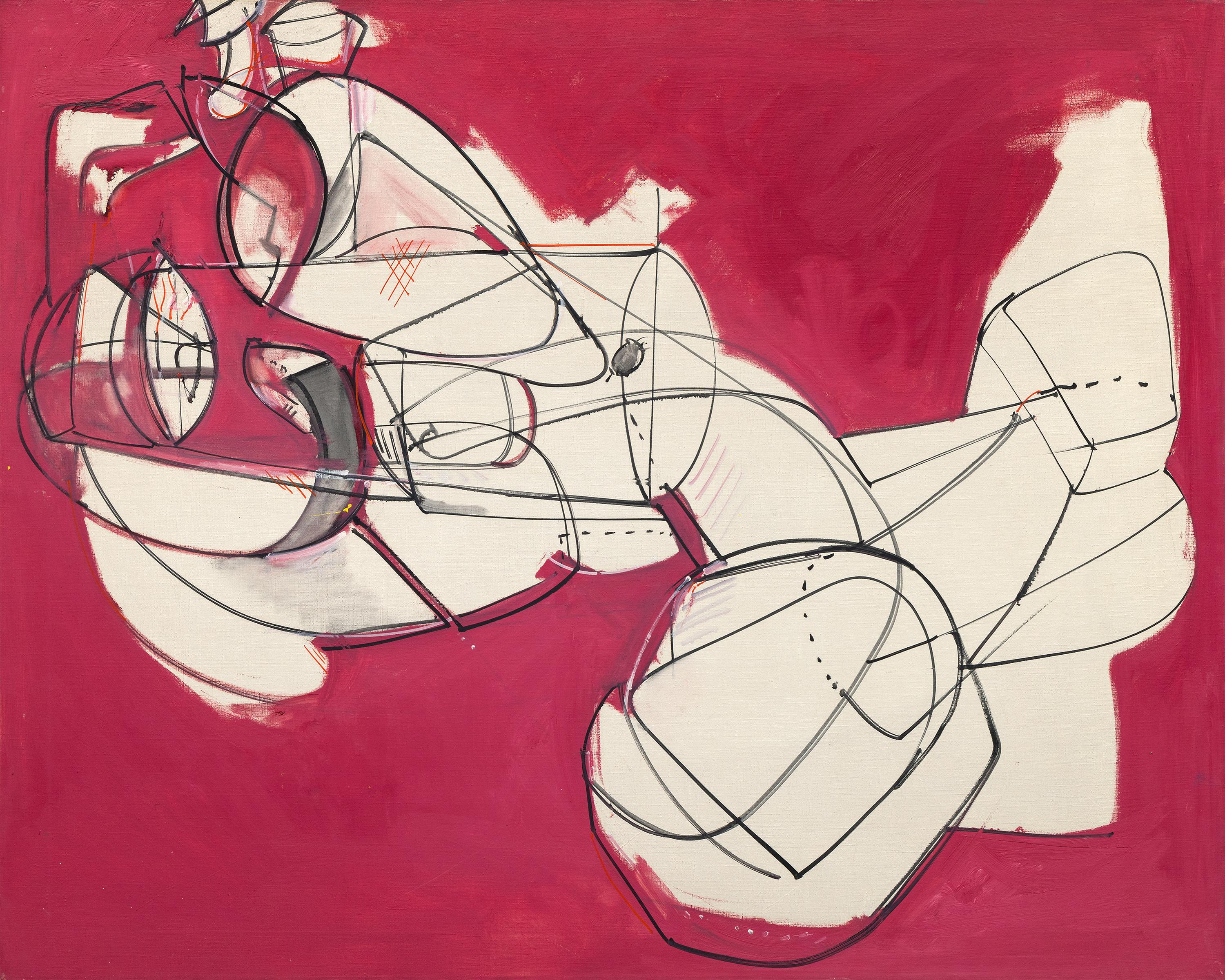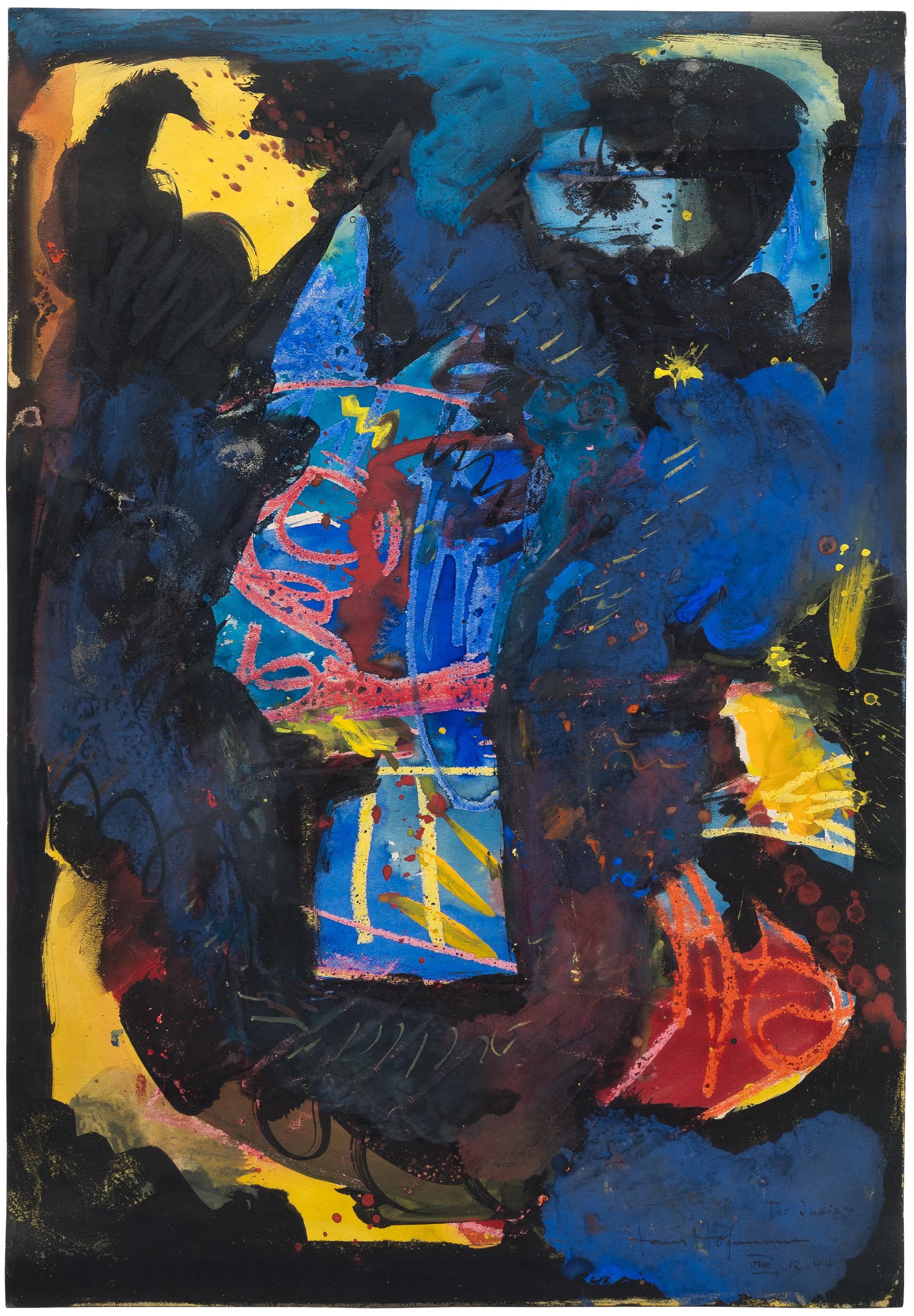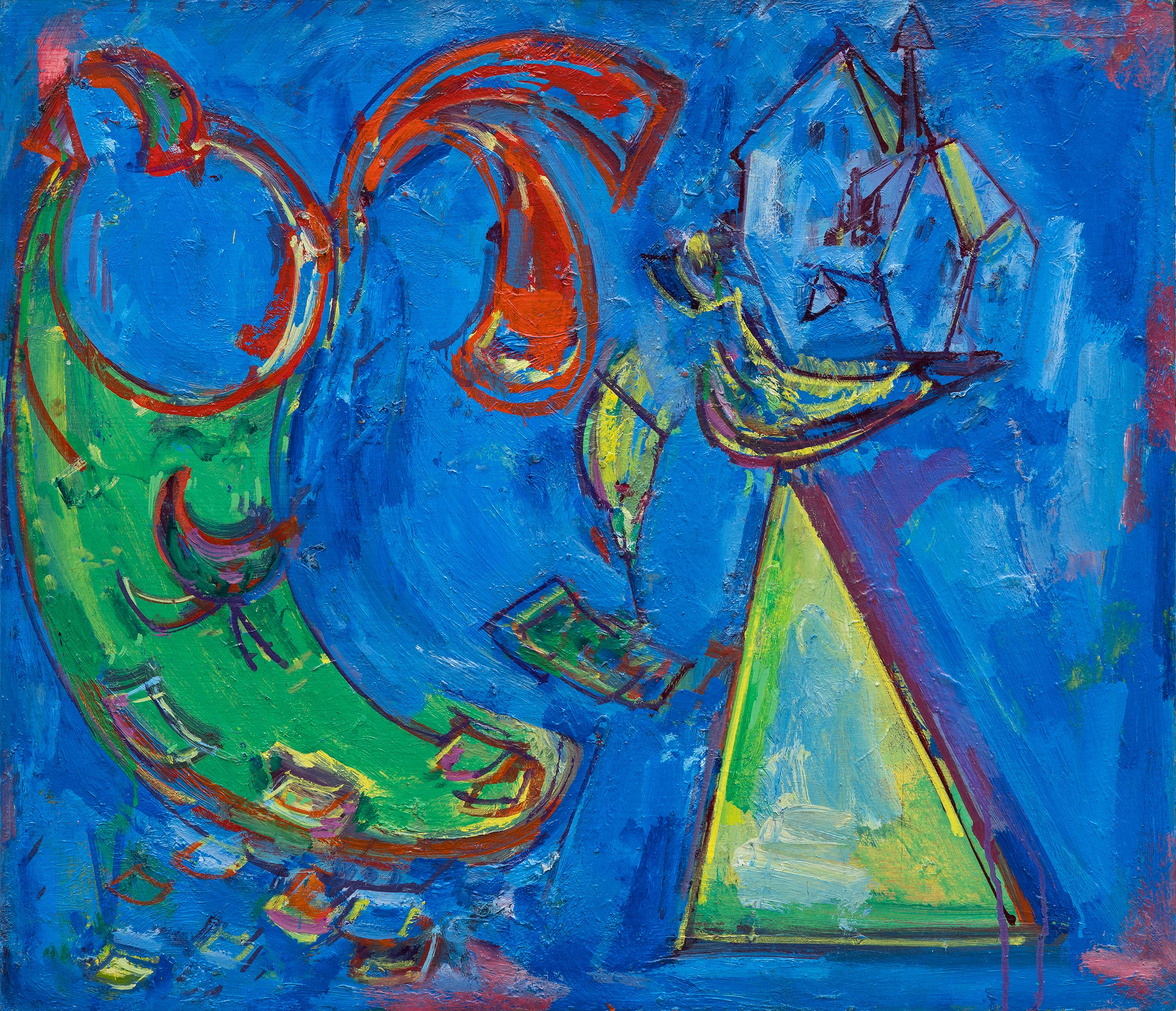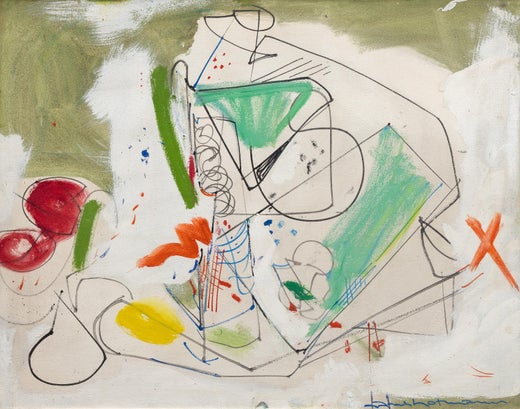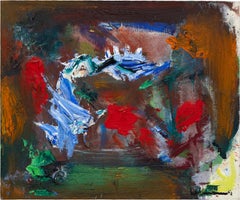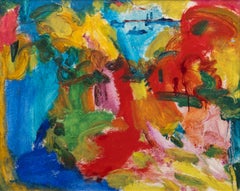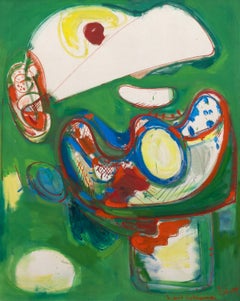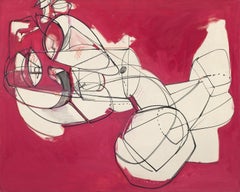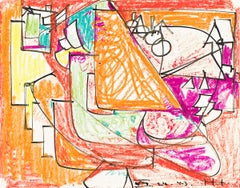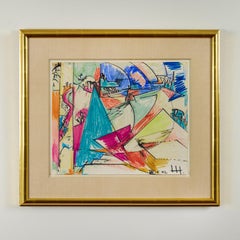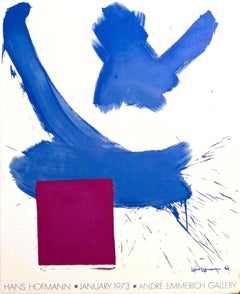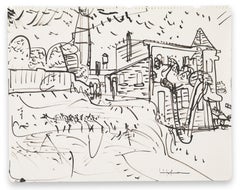Hans HofmannSong of Love1952
1952
About the Item
- Creator:Hans Hofmann (1880-1966, German)
- Creation Year:1952
- Dimensions:Height: 36.25 in (92.08 cm)Width: 43 in (109.22 cm)
- Medium:
- Movement & Style:
- Period:
- Condition:
- Gallery Location:Palm Desert, CA
- Reference Number:Seller: 460251stDibs: LU9314735952
Hans Hofmann
The only artist of the New York school to participate directly in European modernism, Hans Hofmann became known as the major exponent of Abstract Expressionism.
Hans Hofmann paintings are known for their manic, exuberant energy. Among 20th-century masters, he was the first to consolidate and codify the lessons of modernism into a teaching system. Hofmann was also a widely influential art instructor with schools in New York City and Provincetown, Massachusetts. He was described by New York Times critic Clement Greenberg as "the most important teacher of our time" (Peter Falk, Who Was Who in American Art). Approximately six-thousand students studied modernist art with him, among the well-known names are Helen Frankenthaler, Jane Freilicher, Wolf Kahn, Larry Rivers and Nell Blaine.
Hofmann was born in Weissenberg, Germany, showed a precocious interest in music and science, and had early training in mechanics while working for the Director of Public Works of Bavaria between 1896 and 1898. On that job, he invented the electromagnetic comptometer, the precursor of the adding machine.
Hofmann began to study art in 1898 in Munich where he was introduced to Impressionism. From 1904 to 1914, he studied in Paris and was exposed to many of the avant-garde artists and movements of that time including Fauvism, Cubism, and Surrealism. He was much taken with the exploration of pure color for its own sake, especially as investigated by Picasso, Braque, Matisse, and Delaunay. In Munich at the outbreak of World War I, he founded an art school and was highly successful until 1932 when he emigrated to America, having spent the summers in 1930 and 1931 teaching at the University of California at Berkeley. In 1932, he began teaching at the Arts Students League in New York and the following year opened his own schools in New York and Provincetown, Massachusetts.
During the 1930s and 1940s, American Scene painting was prevalent, but Hofmann resisted that style, staying with the modernism to which he had been exposed in Europe. Hence he was later credited as a courageous pioneer in America of European modern art. He closed both of his schools in 1958 so he could devote himself full time to his own painting. He died in New York City in 1966.
Hofmann said he always based his paintings on the subject of nature, and he used vivid colors such as bright blues, greens oranges and yellows and applied them with palette knives in long slashing strokes. He viewed the surface of the canvas as alive, responsive, and active, often with opposing forces which he created with his theory of "push and pull," and which is closely tied to theories of Paul Cezanne. He also experimented with dripping paint onto the canvas, a method Jackson Pollock learned and later made famous.
Find original Hans Hofmann art on 1stDibs.
(Biography provided by Fine Art San Diego)
- ShippingRetrieving quote...Shipping from: Jackson, WY
- Return Policy
More From This Seller
View AllMid-20th Century Abstract Abstract Paintings
Canvas, Oil
20th Century Post-War Abstract Paintings
Oil, Panel
20th Century Post-War Abstract Paintings
Canvas, Oil
20th Century Post-War Abstract Paintings
Canvas, Oil
20th Century Post-War Abstract Paintings
Paper, Mixed Media
20th Century Post-War Abstract Paintings
Oil, Panel
You May Also Like
1940s Abstract Expressionist Abstract Drawings and Watercolors
Crayon, Ink
1940s Abstract Abstract Drawings and Watercolors
Paper, Crayon
1970s Abstract Expressionist Abstract Prints
Lithograph, Offset
1930s Drawings and Watercolor Paintings
Ink
1930s Drawings and Watercolor Paintings
Ink
1980s Prints and Multiples
Color, Lithograph
Read More
Penelope Gottlieb’s Comic-Style Painting Is a Requiem for a Vanished Flower
This piece may look like Pop art fun, but embedded within is a message of a planet on the brink.
10 Reasons Art Collectors Are Obsessed with Andy Warhol
More than three decades after his death, the prolific Pop artist and cultural icon's body of work continues to captivate. Here's a primer of some of his most notable motifs and mediums.
